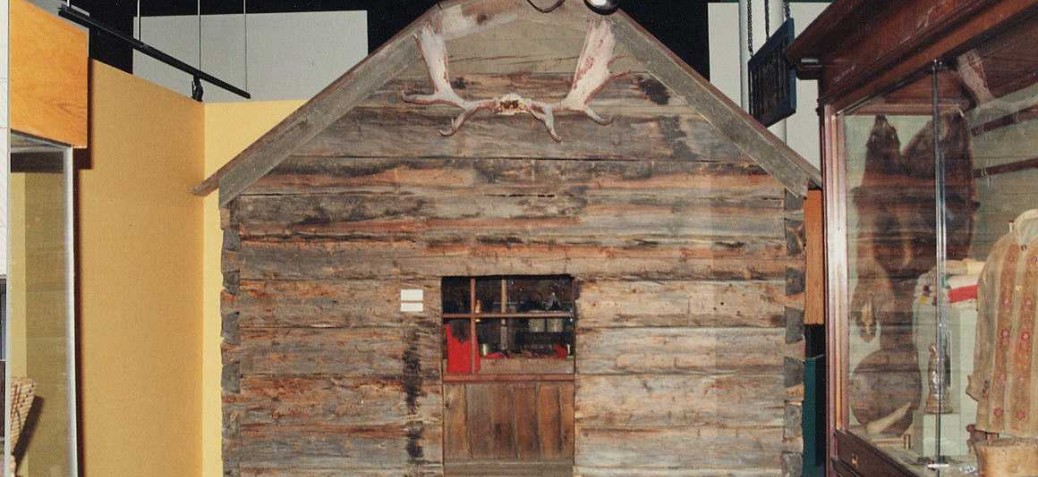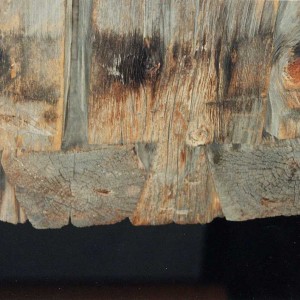McDougall Trading Post (Kelowna Museum)
Place Description
The historic place is the reconstructed squared-log McDougall Trading Post, originally built in 1861 on the Guisachan House property, in association with early fur trade activity, and now located in the Kelowna Museum at 470 Queensway Avenue.
Heritage Value
The McDougall Trading Post is highly valued as one of the oldest remaining buildings in the City of Kelowna; and also for its association with John McDougall and early fur-trading activity in the Okanagan valley, which was the original economic basis of European exploration and settlement in the region.
John McDougall was a significant player in the Western fur trade. He was born in 1827 at Fort Garry, near today's Winnipeg, and entered the service of the Hudson's Bay Company (HBC) at age 16. During his service with the HBC, as labourer, middleman, and bowman, he traveled through the Okanagan with the annual HBC Brigades. He left the service of the Company in 1854, and became an independent trader. He married Amelie, a Similkameen woman, around 1848. They had ten children, all boys.
McDougall pre-empted 320 acres in the Kelowna area in 1860. He soon built this log building, which apparently served both as home for the family and also as his trading post, using goods supplied by the HBC trader at Similkameen to buy furs from the local natives. The house has value for being one of the oldest surviving structures in Kelowna, and also as a good example of squared-log construction with dovetail joints.
The trading post probably did not operate for long, as the Lequimes arrived in 1861 and established a larger store. McDougall's farm prospered, however, and by 1879 he is recorded as having 180 cattle, 30 horses, and 20 hogs. With a growing family, McDougall built two larger homes on his property, in about 1865 and 1886 (see 3685H Benvoulin Rd. and 1060C Cameron Ave.). Unusually, and fortunately, all three of the McDougall homes still survive, having immense value for giving a good picture of the progression of pioneer living and the growing affluence of the McDougall family.
In 1890 McDougall sold his 480-acre property for $10,000 to G.G. Mackay of Vancouver, who then resold it to Lord Aberdeen, the Governor General, who renamed the property Guisachan. McDougall moved across Okanagan Lake to the Westside, where he died in a fishing accident in 1903.
In 1967 the building was dismantled log by log, moved from Guisachan, and reconstructed in the Kelowna Museum. It was moved again within the Museum when the Museum expanded in 1976.
Character Defining Elements
- Salvaged and relocated heritage building in prominent location within the Kelowna Museum
- Example of vernacular horizontal-squared-log construction, with hand-adzed logs and dovetail corner joints
- Medium pitch gambrel roof (character-defining element if it is an authentic early configuration)
- The doorway, five logs high





